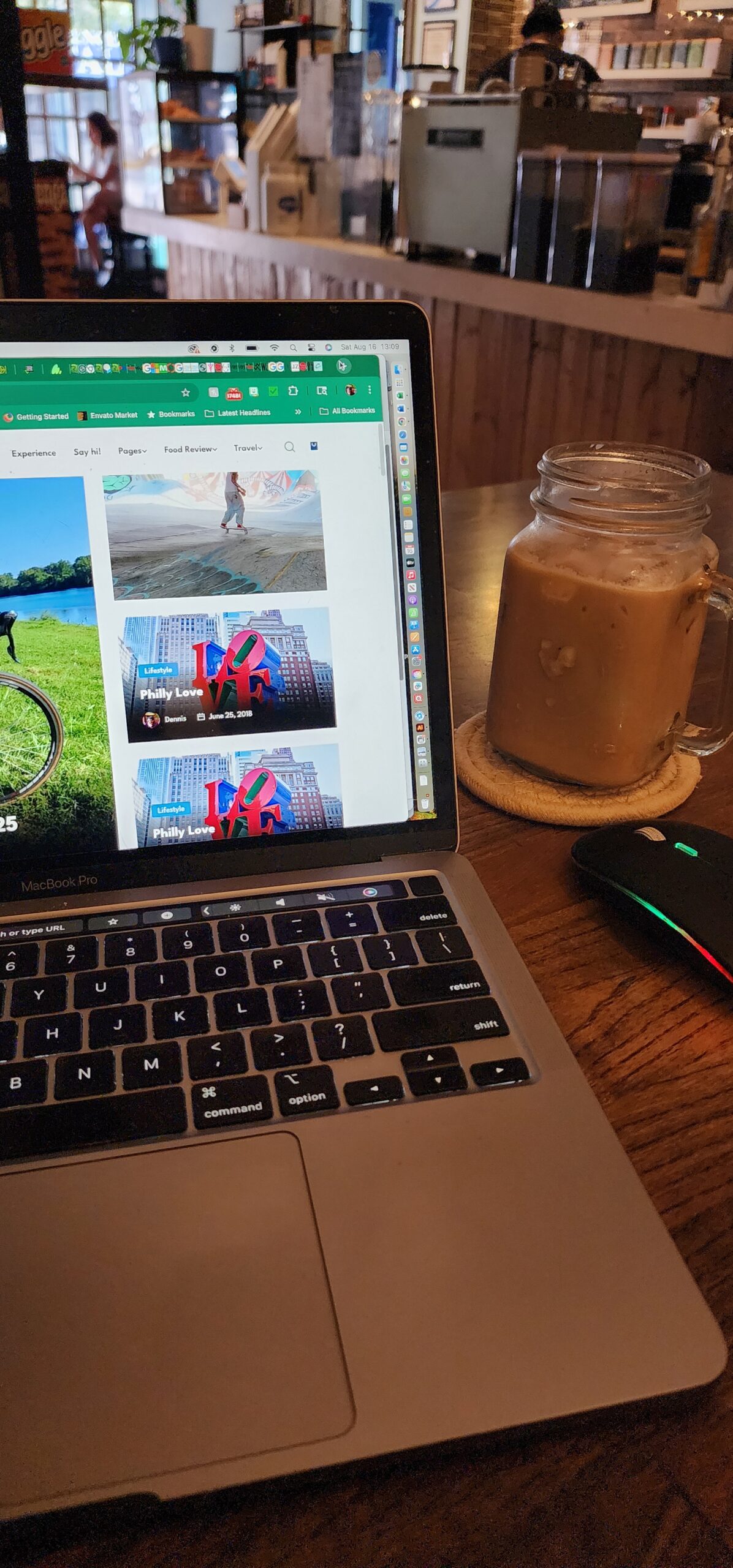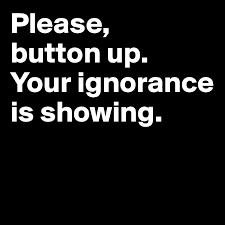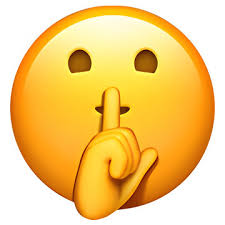Here we are again—standing at the edge of another workweek. This one, at least, comes with a couple of milestones: it’s Primary Day in Pennsylvania and the start of the lead-up to a long holiday weekend. Small wins.
But let’s be honest—Mondays hit hard. Personally, I’ve never been a fan. They mark the end of freedom and the start of obligation. Two short days of weekend (if you’re lucky) evaporate, and just like that, it’s back to the grind—whether you love your job or just tolerate it.
We hear a lot about the importance of work-life balance for our mental and physical health. But the truth? That balance barely exists for most people.
Let’s assume a “standard” day with one full-time job. On paper, that’s 8 hours of work. But prep time counts too—waking up, getting ready, handling the 3 S’s (sh*t, shower, shave), feeding pets, getting kids ready, and commuting. That’s easily 10 hours of your day, gone.
Now you’ve got 14 hours left. Ideally, 8 of those should be spent sleeping—for health, longevity, and basic sanity. That leaves just 6 hours. But subtract your commute home, a quick stop at the store, cooking dinner, cleaning, laundry, or tackling whatever your living space throws at you, and you’re down another 2 hours—at least.
What’s left? Four hours, if you’re lucky. That’s your so-called “work-life balance” window. Four hours to decompress, exercise, socialize, read, exist. Compare that to the 10 spent on or around work. Doesn’t exactly scream balance, does it?
Then zoom out. Five days of work, two days off. Again—imbalanced. It’s no wonder burnout is so common.
Some companies and countries have tested the four-day workweek, and guess what? Productivity often stays the same—or improves. It’s not a perfect solution, but it’s a step in the right direction.
So here we are on Monday again. Another week begins. What would true balance look like to you? And more importantly—how do we get there?












































